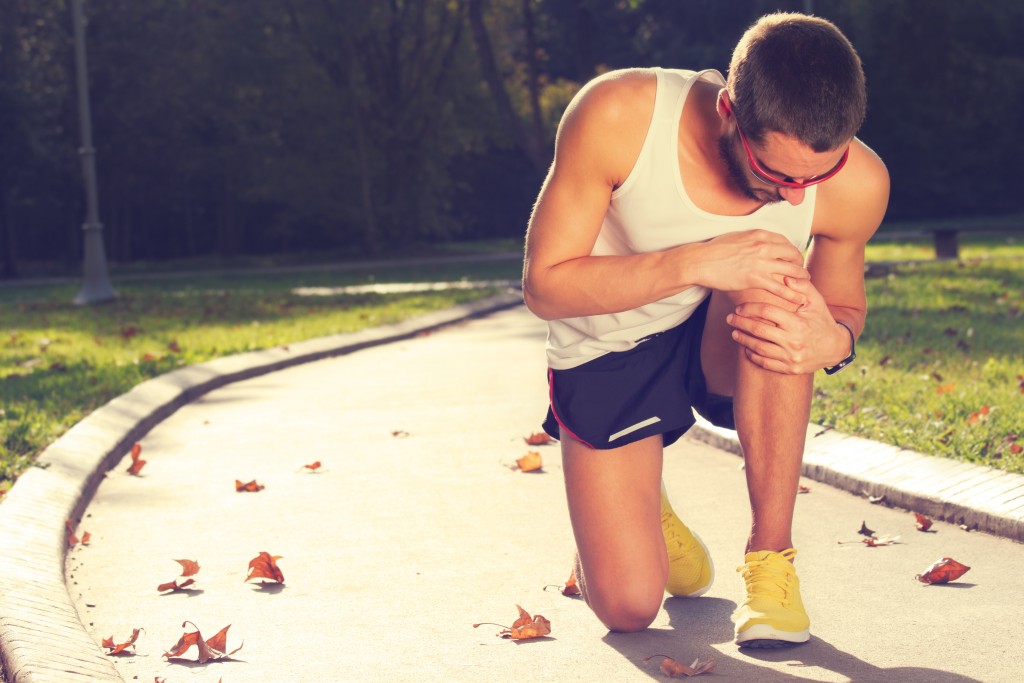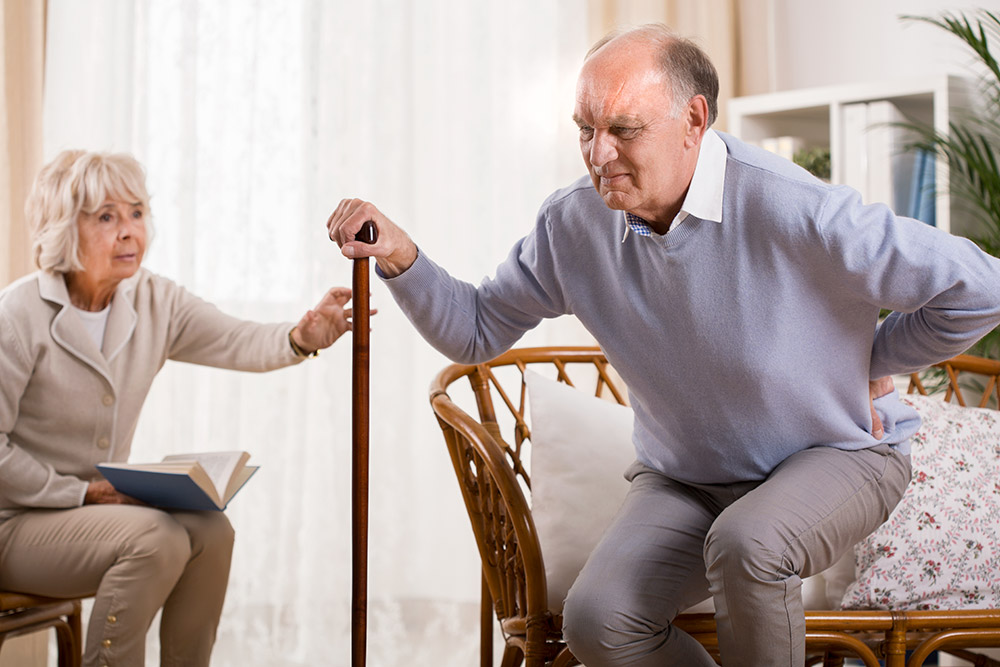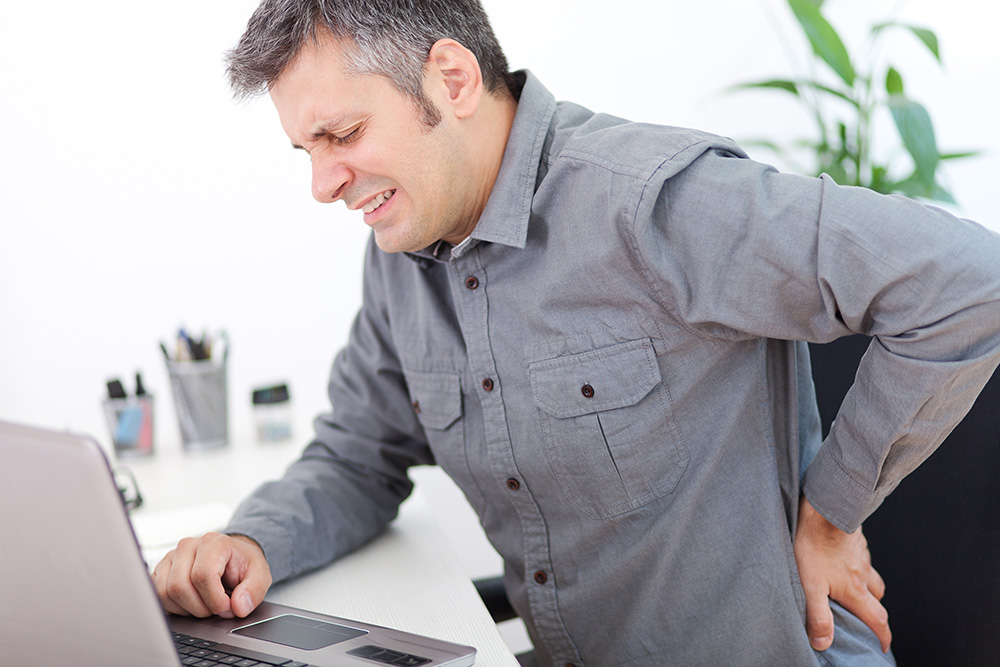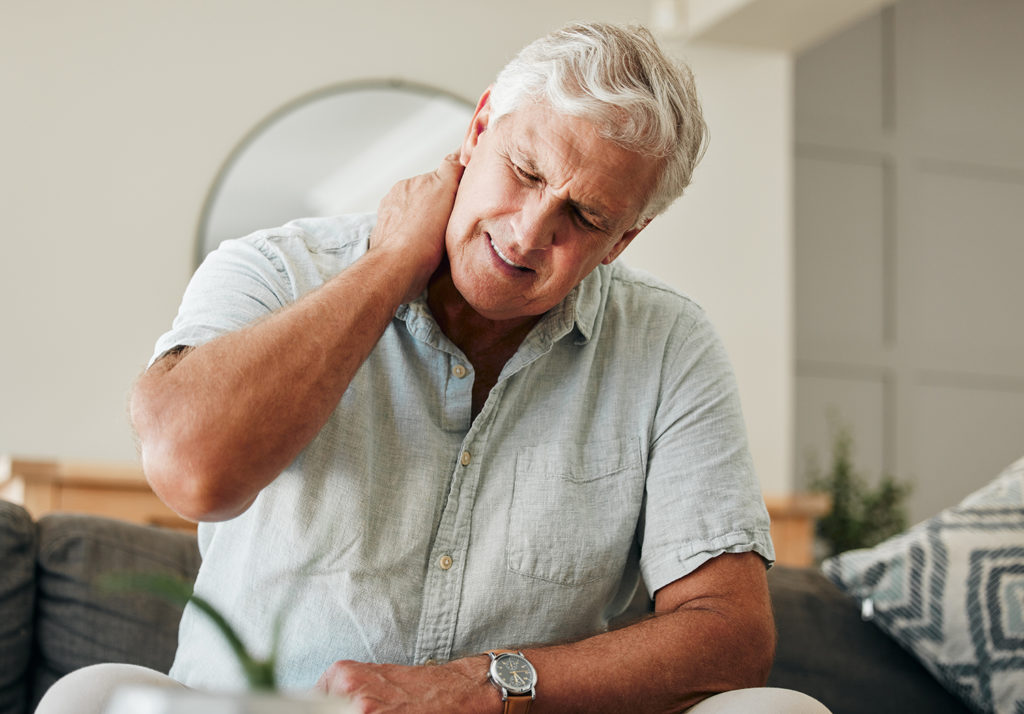Disc injuries and back pain are some of the most common complaints we see in clinic as osteopaths.
Disc injuries seem to be what most people think they have when they come and see us. Maybe it is because they know someone that has a disc problem, it simply sounds painful or maybe it is the fact that we do not know what has happened, just that it hurts too much to be anything else.
Have I slipped a disc?
The easiest way to imagine a disc is like a jam doughnut. We have the yeasty outer part, which is tougher and the jammy middle bit. The discs act as our cushions between the bones of the spine. At birth these discs are about 80% water, so this gives us an idea of the key need for a disc to maintain hydrated. The jammy middle bit relies on this hydration to maintain strength and pliability. As a natural process of ageing, the discs will dehydrate more and become stiffer and less able to adjust to the compressive forces upon them.
It is a false impression that the discs in fact ‘slip’. What tends to happen is the jam bulges into the yeast. In a prolapse, the jam spills into the yeast but not beyond it and in a herniation the jam bulges beyond the yeast, which can occur as a result of a tear in the annulus. Both of these conditions can result in back pain and nerve pain. In a herniation, as the jam material, being very irritant on the nerves comes into contact with the nerve, it can cause more pain and more leg symptoms.
In younger adults, normally between 20-45, when the discs are still quite hydrated and the jam is plump, disc herniations and prolapses are more common. These often occur as a result of a bend, twist, lift, cough or sneeze. Jobs which involve repetitive lifting and bending make this even more common.
In the older age groups from 50 onwards, these acute injuries become less common, but the discs start to dehydrate and become thinner and we then tend to experience more symptoms from degenerative disc issues. These can also cause back pain and leg symptoms but are a result often of the changes in the disc and bones being in greater contact from the disc cushioning being reduced.
Treatment for disc problems
Help is at hand though if you do end up with a disc injury. There are many treatment options and it may be a comfort to know that less than 10% of patients with discal injuries end up needing surgery. Osteopathy is one option which may provide relief from back pain.
Treatment for disc and back pain in Worthing
At Broadwater Osteopaths we treat many people with both back pain, disc problems and sciatica. We use a range of treatment approaches, which may include, osteopathy, acupuncture and electrotherapy. Find out more here about our treatments and further information regarding back pain.






